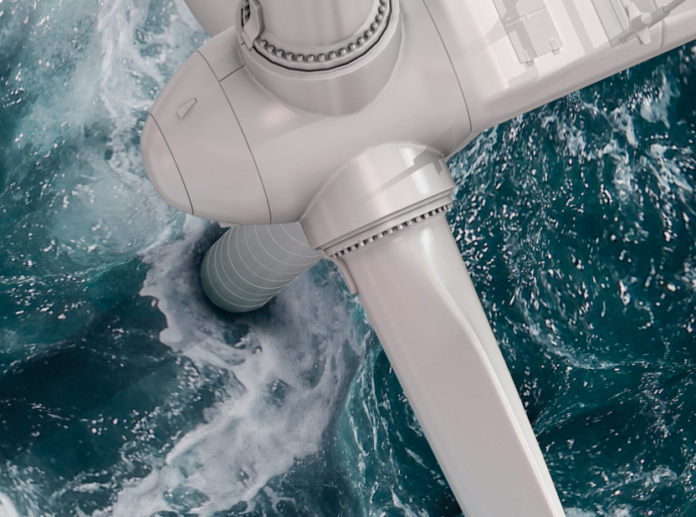National Grid Ventures, the commercial development arm of National Grid plc, and TenneT, a Dutch transmission system operator, have entered a cooperation agreement to explore the feasibility of connecting Dutch and British wind farms to the energy systems of both countries via subsea electricity cables.
The development would be the first of its kind for the U.K. and the Netherlands in the North Sea.
Harnessing the full potential of offshore wind will play a vital role in decarbonizing European economies and societies by 2050. The U.K. and the Netherlands have both established ambitious targets to expand offshore wind capacity in the North Sea, with the U.K. government recently announcing it was targeting 40 GW by 2030, while the Dutch have targeted 11.5 GW by 2030 – and another increase of 20-40 GW by 2050. Delivering such large-scale offshore wind growth efficiently will require significant amounts of new infrastructure and close cooperation between countries around the North Sea.
“TenneT is committed to developing multi-purpose interconnection to enable the large-scale growth of offshore wind in the North Sea,” says Manon van Beek, CEO of TenneT. “This agreement allows us to work with National Grid in the North Sea to develop innovative infrastructure that uses every spare electron of offshore wind generation to reach our decarbonization targets.”
The announcement follows a recent decision by the Dutch government to future-proof the first far shore high voltage direct current (HVDC) 2 GW offshore transmission grids in the Netherlands for the IJmuiden Ver Wind Farm Zone, approximately 80 km off its northwest coast.
Under the terms of the cooperation agreement, TenneT and National Grid Ventures will explore the development of a multi-purpose interconnector (MPI) to simultaneously connect up to 4 GW of British and Dutch offshore wind between the British and Dutch electricity systems, providing an additional 2 GW of interconnection capacity between the countries.
By connecting into both systems, the MPI will enable spare transmission capacity to be used to trade electricity between the countries, thereby increasing the potential utilization of offshore infrastructure. Reducing the amount of infrastructure needed will also mitigate the environmental impact on coastal communities, compared to the current approach in which interconnectors and wind farms are developed and connected separately.
The two companies aim to have a path-finder project defined by the end of 2021 with a view to delivering an operational asset by 2029.




